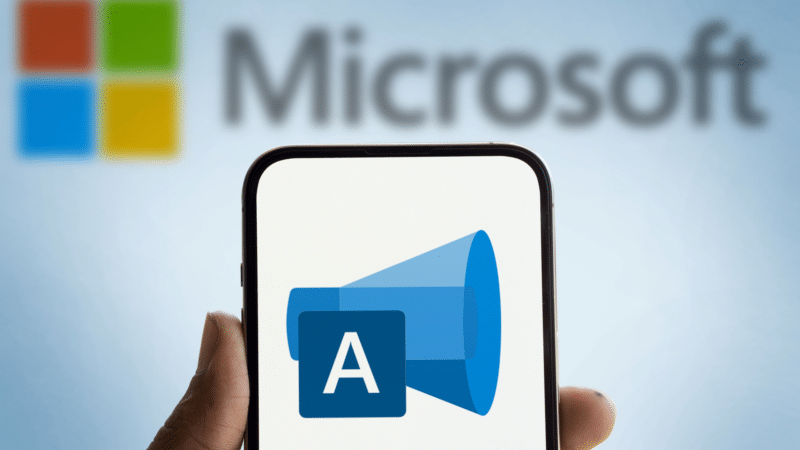
Understanding Microsoft Clarity’s Integration with Google Ads: A New Era for Marketers
In the ever-evolving world of digital marketing, understanding user behavior post-click is critical for optimizing campaigns and enhancing return on investment (ROI). Microsoft Clarity has recently launched an intriguing integration with Google Ads that promises to provide marketers with invaluable insights into how users interact with landing pages after clicking on ads. This development is sure to excite marketers who are focused on maximizing the performance of their campaigns.
By allowing advertisers to connect their Google Ads accounts directly to Clarity, this integration offers a dedicated advertising-focused dashboard that tracks user interactions in real-time. This feature empowers marketers with campaign-specific engagement metrics and intent tracking, providing a clearer picture of how advertising dollars translate into user engagement. Such metrics do not merely focus on conversions but help marketers understand deeper engagement patterns, allowing for targeted optimizations based on actual user behavior, rather than ambiguous click data alone.
This powerful integration holds the potential to redefine marketing strategies by enabling advertisers to measure specific key performance indicators (KPIs) tied to their individual campaigns. This facilitates campaign adjustments based on real insights, which could lead to strategies that generate meaningfully higher engagement levels, thereby enhancing overall campaign performance and ROI. Marketers now have an opportunity to link user behavior directly back to ad spend, creating a more holistic view of campaign effectiveness.
Interestingly, this move also positions Microsoft Clarity as a formidable player within the analytics landscape, especially for those heavily invested in Google Ads. The whispers in the industry suggest that this may be just the beginning. Should this integration expand to other advertising platforms, the competitive landscape for marketing analytics could become even more dynamic. Furthermore, it will be intriguing to observe how Google Analytics may respond with similar features aimed at retaining its user base among digital marketers.
In addition to these advancements, integrating short link management systems such as URL shorteners becomes increasingly crucial. Marketers can utilize tools like BitIgniter or LinksGPT to create custom short links that can encapsulate their campaigns and provide insights into click-through rates. As tracking interactions post-click becomes more sophisticated via Microsoft Clarity, having concise, trackable links will complement this analytical depth.
Moreover, the creation of tiny links can enhance engagement by making campaigns easy to share and analyze. Effectively managing short links can empower marketers with additional actionable data that aligns with Microsoft Clarity’s insights. Utilizing tools like tinyURLs will not only streamline tracking but also help in identifying which short link strategies yield higher user engagement, thus providing a comprehensive view of both ad performance and user behavior.
In conclusion, the integration between Microsoft Clarity and Google Ads is a game-changer for marketers focusing on data-driven strategies. The ability to track post-click interactions paves the way for enhancing engagement metrics and ROI analysis. As the landscape continues to shift, the effective use of URL shorteners and link management will be integral for marketers to stay ahead.
#BitIgniter #LinksGPT #UrlExpander #UrlShortener #DigitalMarketing #Analytics #SEO
Want to know more: https://searchengineland.com/microsoft-clarity-google-ads-integration-450790

